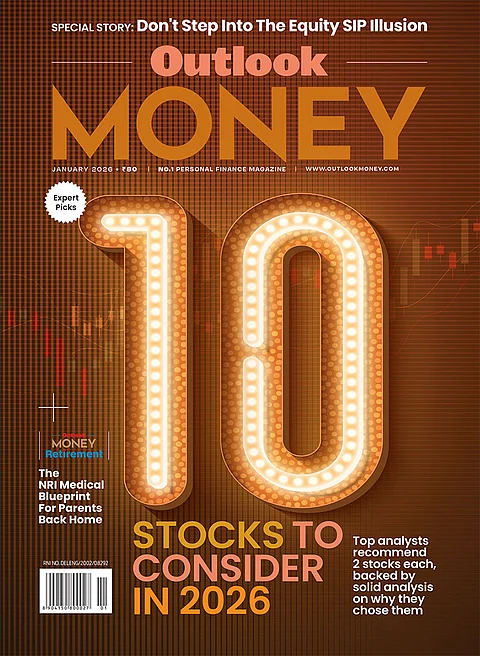Domestic retail investors are increasingly moving away from traditional investment avenues like bank fixed deposits and embracing equities as an asset class. The almost linear upward trend in stock markets since the pandemic, spread of financial literacy, increasing digitization, improving regulation and a period of low interest rates coupled with high inflation has led to this structural shift in the way India is choosing to save and invest. The rising number of demat accounts and SIP inflows in equity-oriented mutual funds are proof of this trend.
While equities do provide superior real returns over other asset classes over the long term, they can be volatile in the short term. In the last two decades for instance markets have seen sharp pullbacks at the time of the 2008 Lehman crisis, the 2016 demonetization, the 2020 covid outbreak and the 2022 Russia-Ukraine war. There have also been periods of muted equity market returns in the past, one as recent as from Q4 2021 to Q1 2023 when S&P BSE Sensex remained flattish close to the 60k level.
Winston Churchill, former Prime Minister of the United Kingdom, famously said, “Those that fail to learn from history are doomed to repeat it”. As such, and given that Indian stock market valuations currently appear to be stretched when compared to long-term averages, it would be wise not to pour your entire savings into equities assuming they only go up, and instead, prudently invest across asset classes.
This distribution of one’s savings in different asset classes like equity, debt and gold is called asset allocation and is a time-tested investment strategy which works on the idea that winners in the world of investments keep on rotating. For example, equity markets tend to do well in expansionary phases, debt markets generally come out on top in times of economic contraction and gold shines in times of economic shocks or geopolitical tensions. By having exposure to the various asset classes, one can minimize risk, and optimise returns as one asset class compensates for the weakness in the other.
In the run-up to the Global Financial Crisis crash of 2008, the Nifty 50 Total Return Index gave double-digit returns in 2005, 2006 and 2007 averaging an impressive 46%. On the other hand, the CRISIL 10-year Gilt Index gave an average annual return of 5% in the 3-year period. An investor who took for granted the equity market’s stellar returns and didn’t diversify would have been in for a rude shock in 2008 when markets corrected by a massive 51%. An investor who had exposure to debt in addition to equity would have had it easier given that the G-sec index yielded a positive return of 28% that year.
Cut to now. Indian equity markets have been in an extended bull run since 2020. While this is supported by strong domestic fundamentals of stable inflation and moderate growth, markets are not immune to economic and political headwinds. Thus, while equities may seem fashionable and infallible right now, investors should not fall prey to common investing biases such as herd behaviour or blindly following the crowd and recency bias which causes us to act based on recent events and discount the past.
While it’s impossible to accurately predict the future of financial markets, with asset allocation, it’s definitely possible to be prepared for it.
Disclaimer: The Views are Personal and not a part of the Outlook Money Editorial Feature







